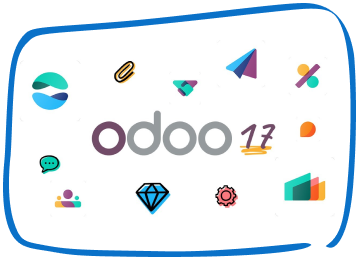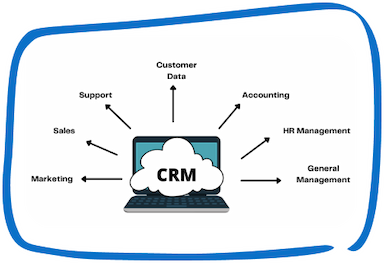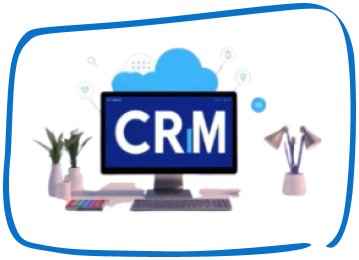What is Human Resource Management?
Human resource management is the management of people in the organization. It fills the gap between employee performance and organizations.
Need for Human Resource management:-
Strategy management –
Any organization’s human resource management depends on this component. Any organization’s performance depends on how well its human resource managed. In addition to making a substantial contribution to corporate decision-making, HR managers oversee strategies to ensure the organization achieves its business goals.
So, these strategies include assessments for present employees and projections for future ones based on business demands.
Training and development –
Since HR managers make substantial contributions to training and development initiatives, therefore, they also play a crucial role in fostering relationships between employers and employees. This helps people advance within the organization, which boosts productivity and employee happiness.
Intercommunication between the employee -
Team building HR managers are organized several events and celebrations. It promotes interaction among workers and fosters a sense of respect and trust among peers.
It is possible to meet all these needs with one software called HUMAN RESOURCE MANAGEMENT SYSTEM (HRMS).
What is HRMS?
A human resources management system used for human resource tasks that connected several numbers of technologies. Unified HR systems go under many different names.
Let’s talk about the most typical: HCM, HRM, and HRIS.
- HCM – HUMAN CAPITAL MANAGEMENT.
- HRM – HUMAN RESOURCE MANAGEMENT.
- HRIS – HUMAN RESOURCE INFORMATION SYSTEM.
HRIS(Human Resource Information System) focuses on information rather than procedure and it would not anticipate scheduling or time and attendance service. You can also be lacking application tracking.
HCM(Human Capital Management) is typically geared toward corporate workforces. HCMs frequently incorporate elements that don’t apply to small and mid-sized businesses.
The focus of HRM is on managing human resources, not processing information.
All three HRIS, HCM, and HRM are missing crucial elements.
HRMS is the united HR solution that makes up to 80% of HR processes.
How does HRMS help employees?
Employee orientation –
You can design an onboarding procedure that rivals the most cutting-edge companies with the aid of an HRMS.
Enrollment in Benefits–
HRMS makes it easy to manage benefits to the employee. It can make centralized management processes easier like e-signature. Additionally, it can compare sign forms, plans, and enrollments in the employee portal.
Time and Attendance -
Your HRMS and the time clock are synchronized. Hence, it’s simple and easy to punch in and punch out. The timekeeping feature of the HRMS logs hours in detail.
Your team does not have to complete paper timecards, which have long been the bane of hourly workers.
The clock notifies workers when they have missed a punch so they can make it up before payday.
Payroll integrity-
HRMS created the Payroll integrity. Firstly, employees will pay extra if they arrive early or stay extra.
Secondly, they are aware that the calculation of overtime will be accurate.
Their accruals are being appropriately tracked.
If full-time status affects eligibility for benefits, HRMS can verify the necessary number of hours.
Employees feel more secure because of payroll responsibility.
Employee Scheduling –
Employees can access the portal of an HRMS to view their schedule, switch shifts, request time off, and handle FMLA.
Taking preferences into account for schedules enhances work/life balance.
It makes shift trading less complicated so, employees who want more hours can request them when a shift comes up. As a result, management won’t need to bribe resistance from workers.
When their companies adopt HRMS scheduling, part-time employees can more easily manage two tasks.
Employers who promote work/life balance have loyal employees.
Mobility –
Employees have convenient access to HRMS apps around-the-clock so, you can engage and keep your increasingly tech-dependent workforce by using simple mobile technologies.
How does HRMS help Managers?
Managers can monitor teams from a smartphone or tablet using an HRMS mobile app, so they can complete the employee oversights.
Timecard approval –
HRMS produced digital timecards, each shift includes a calculation of the hours.
All timecards are kept in one place for managers to access. So, they don’t have to gather them.
Managers don’t need to double-check because the system doesn’t create adding errors.
HRMS avoided the missed punches and other timecard errors.
PTO(Paid Time Off) request –
Time off-related confusion is a typical issue. Managers run the danger of scheduling personnel while they are on vacation if there is no formal framework in place or failing to remember a request made.
Employers use the HRMS PTO feature to request time off. The requested dates are all shown side by side for managers to view. It is a terrific technique for managers to outsource their memory.
The requests that managers have approved are never required to be remembered and the dates that the requests were submitted are displayed.
If you have a first-come, first-served time off policy, this equalizes the playing field for everyone. It eliminates all injustice, real or imagined.
Schedule formation –
Using drag-and-drop tools and template-based tools, managers may construct schedules quickly
The system locates qualified workers to fill open shifts. Check out the schedules by team, week, or place.
With an HRMS, manager scheduling time can be reduced by up to 70%. It eliminates the trouble.
Companies that wish to make the most out of their people resources will pick an effective HRMS.
Reviewing the following reasons, an HRMS is your key to success:
- You’ll see faster business growth.
- Management of human resources shall be done as effectively as feasible.
- Maintaining compliance with labor rules will be simpler.
- Your staff will be more content, committed, and inclined to stick with your business.
Speak with Our Team!
4.9 Stars
1k+ reviews on






